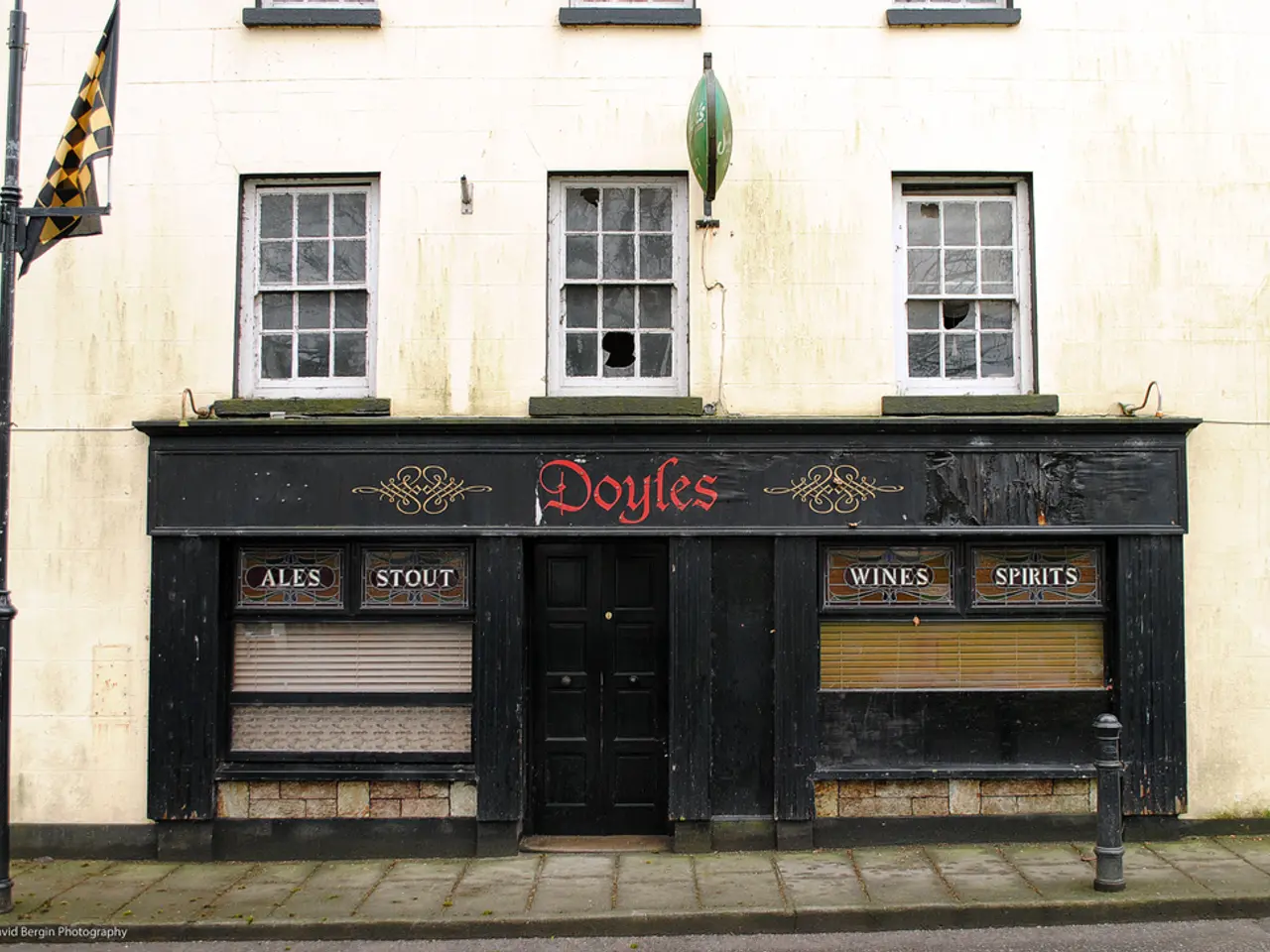Commercial banker expansion: Flagstar aims to onboard 80-90 additional professionals in the banking sector this year
Flagstar Bank's Commercial Transformation Gains Momentum
Flagstar Bank, a leading financial institution, is embarking on a significant transformation of its commercial business. The bank's new CEO, Joseph Otting, agreed to occupy the role until March 2027, marking a crucial period of change for the institution.
A key aspect of this transformation involves building C&I lending capacity. Flagstar Bank plans to hire 100 commercial bankers in 2025, with an additional 80 to 90 bankers to be added this year. This strategic move aims to grow C&I loan balances significantly, with the bank targeting C&I loans outstanding to reach $1 billion per quarter, potentially $1.5 billion when fully staffed.
The bank's new C&I lending teams have shown strong production in the second quarter of 2025. New credit commitments surged 80% quarter-over-quarter to $1.9 billion, with originations up 60% to $1.2 billion. The loan pipeline remains robust at $1.2 billion, indicating growing demand in specialized sectors such as healthcare, oil and gas, and media.
This shift toward C&I lending is part of a broader strategic goal to diversify the loan portfolio more evenly among C&I, commercial real estate (CRE), and consumer lending, moving toward roughly one-third allocation in each category over the next three to five years.
In addition to growing its C&I lending, Flagstar Bank is also focusing on reducing CRE exposure, which has been a drag on the bank's profit. The bank is working toward reducing its CRE exposure, specifically its multifamily loans. Simplifying its corporate structure is another key part of the transformation, with the bank planning to merge its holding company into Flagstar Bank, expected to reduce costs and regulatory burdens.
The bank is also making strategic investments in hiring, technology upgrades, and risk governance infrastructure. However, this transformation has come with some challenges. In the first quarter, there was a 25% increase in non-accrual loans due to one significant borrower moving to non-accrual status, costing the bank about $33 million.
Despite this setback, Flagstar Bank is taking steps to address the issue. The bank is pursuing legal and contractual remedies against the borrower who moved to non-accrual status. The bank's CEO, Joseph Otting, stated that the increase in non-accrual loans is considered an outlier, as the bank's non-accrual loans decreased 1.3% compared to the prior quarter without this borrower.
Flagstar Bank is also carefully considering new credit originations, taking into account potential tariff impacts on specific companies. The bank has passed on several opportunities due to potential tariff issues with manufacturing in certain countries.
The transformation efforts have also resulted in some cost-cutting measures. Flagstar Bank is planning to cut $750 million in expenses and is on track to close about 60 retail branches, about 20 private-client retail locations, and a couple of operating centers this year.
Despite these efforts, Flagstar Bank reported a quarterly loss of $100 million. However, the bank remains optimistic about its future, aiming to improve its earnings profile, execute on C&I and private-bank growth strategies, and continue to reduce its CRE exposure.
In summary, Flagstar Bank’s commercial business turnaround focuses on hiring commercial bankers to build C&I lending capacity, growing C&I loan balances significantly while reducing CRE exposure, supporting a more balanced and profitable loan portfolio. The bank is navigating challenges such as the impact of tariffs and the management of non-accrual loans, but remains committed to its transformation efforts.
- Flagstar Bank's transformation strategy in its commercial business encompasses not only growing C&I lending but also strategic investments in finance, including hiring, technology upgrades, and risk governance infrastructure.
- In an effort to create a more balanced and profitable loan portfolio, Flagstar Bank aims to diversify the loan portfolio by moving toward one-third allocation in each category, including the industry sector of commercial and industrial (C&I) loans, over the next three to five years.




